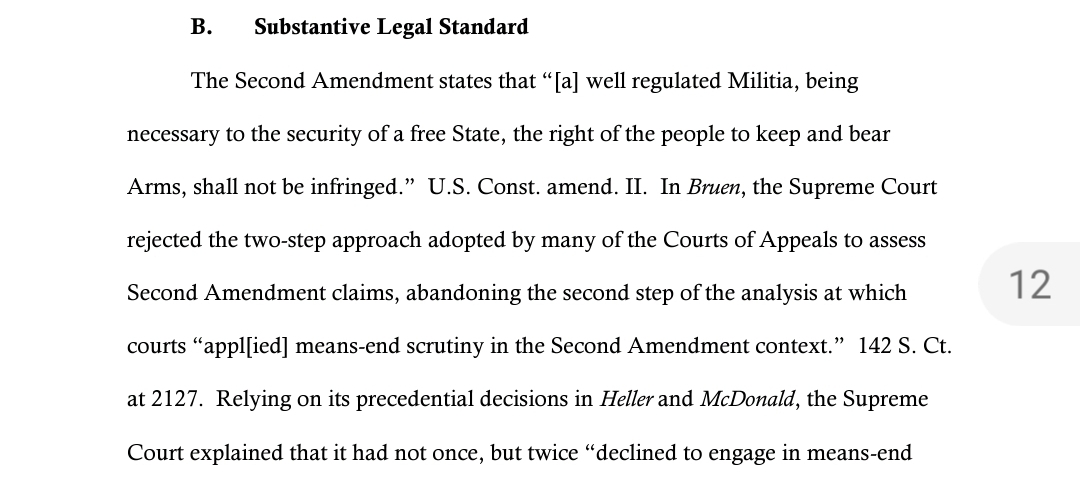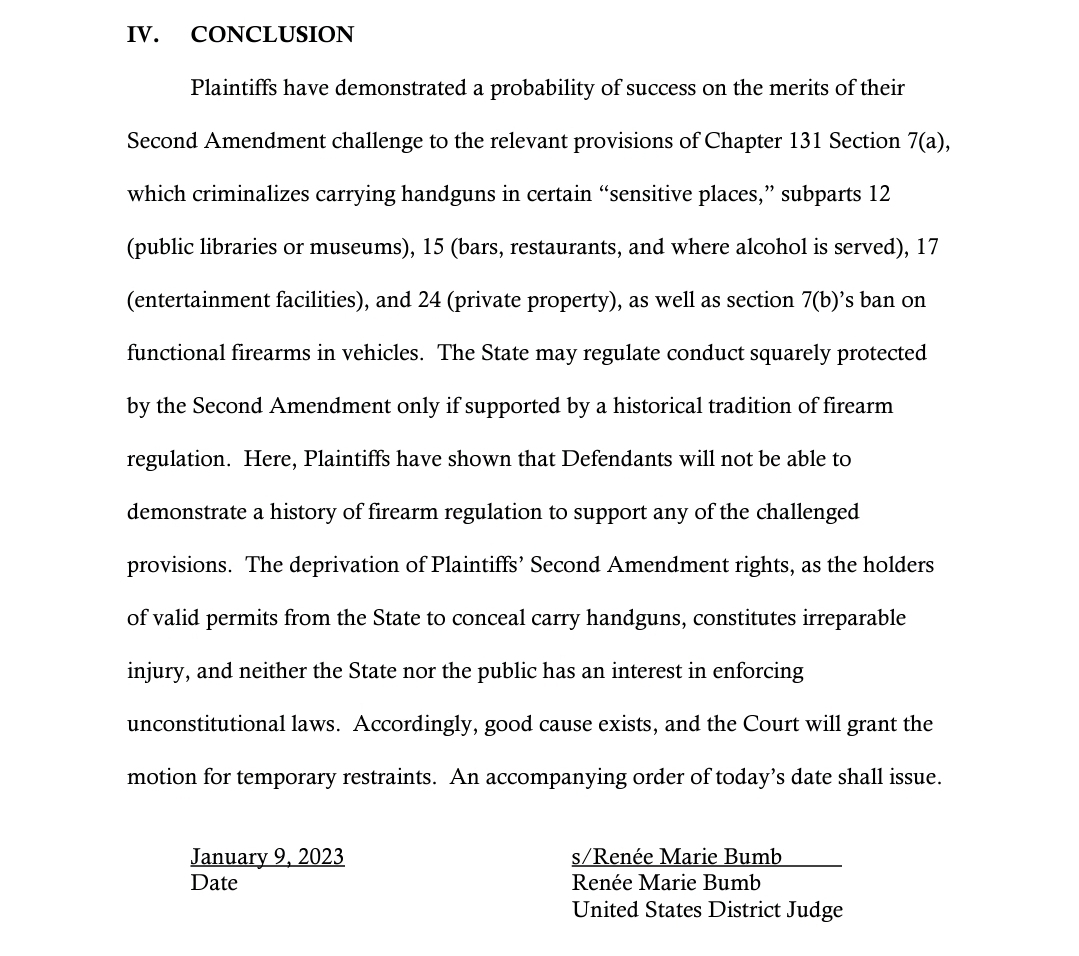B.L.U.F. When a conflict of understanding the language of a law which is enacted by a regulatory agency (EPA, ATF, and so on) a judge is required to accept the agencies “definitions”. This is why so many government agencies think they can get away with putting out regulations which are not based on law.
In February of 1984 the case was argued before the Supreme Court and in June of 1984 they issued their opinion.
The Clear Air Act Amendments of 1977 Congress required that States that had not achieved the national air quality standards established by the EPA to use a permitting program within the State.
The amended Clean Air Act required a permitting scheme whereby an new or modified major stationary sources of air pollution were required to get a permit. The permit was not to be issued unless several stringent conditions were met.
The EPA created regulations that said all sources within a single plant were to be considered as a whole. Not individually. They did this by defining what “stationary source” meant.
This upset the Natural Resources Defense Council so they filed suit. The case made its way to the Supreme Court.
The Supreme Court issued their opinion saying, in short: The term “stationary source” as provided in the legislation is ambiguous. The subject matter experts in this is the government agency in charge of regulating “stationary sources” of pollution, the EPA.
Since the EPA is that agency, and because they are the subject matter experts, their definition of what “stationary source” means is the correct one. Moving forward, all inferior courts should give deference to the government agency anytime the definitions are not unambiguous.
This has lead to many cases being shot down long before they get anywhere. The EPA says “that’s a wetland”, the land owners say “it’s a f’ing mud puddle”, the courts say “The EPA says it is a wetland, it is a wetland.” The land owner says “But that’s why we are hear in court, there is a conflict as to the meaning of “wetlands” and we want the courts to clarify the meaning, that’s your job.”
On appeal, the circuit courts would say “Chevron says we must defer to the agency in these cases.”
This is what the ATF is depending on in their new rules regarding “frames and receivers”. The ATF is saying that because the term “frame or receiver” is ambiguous they get to set the definition. They are using Chevron as their legal standing to do so.
Unfortunately for them, the term frame or receiver is not ambiguous. We all know what one is. The ATF can issue a determination that a particular chunk-o-metal has reached the stage where it is a frame or receiver. They can’t say “This will become a frame or receiver and thus is a frame or receiver”.
The language precludes them from the definition they want to use. If something is “readily converted into a frame or receiver” it is by definition, NOT a frame or receiver. If it is not a frame or receiver then the ATF doesn’t get to regulate it.
Again, under Chevron the ATF says that a recursive definition, “It is a frame or receiver because it can readily become a frame or receiver” is a real definition. Using that definition, if an 80% lower is a receiver because it can readily become a receiver. Thus a raw forging is a receiver because it can readily become an 80% lower which is actually a receiver. Which of course leads to a chunk of aluminum bar stock is a receiver because it can readily become an 80% lower, which is actually a receiver.
Does this mean that a bunch of aluminum cans, about to be smelted down and reused is now a firearm? Those aluminum cans can readily be converted into bar stock which can readily be converted into an 60% raw billet receiver which can readily be converted into an 80% lower which can readily be converted into an actual receiver which can be turned into a firearm, readily.
Like this:
Like Loading...










